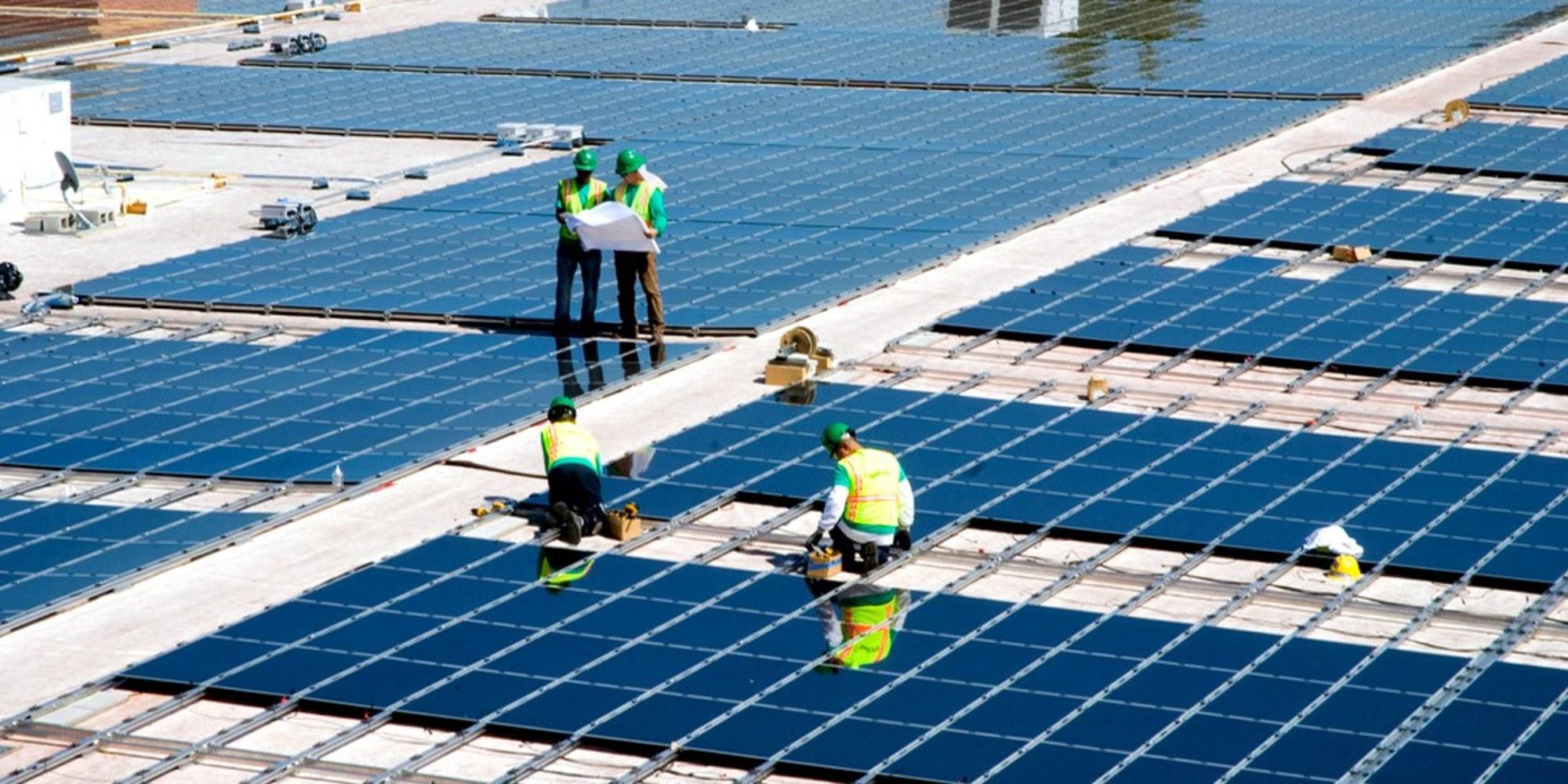The solar industry has now had a handful of months to digest the solar panel tariffs that were implemented by the Trump Administration in January, and the early verdict is somewhat of a mixed bag.
Domestic solar capacity has ratcheted up in the front half of 2018 thanks to investments by solar companies seeking to circumvent the tariffs. However, solar panel imports have plummeted in the wake of the tariffs, disrupting sensitive supply chains in the process for many domestic companies.
The U.S. Energy Information Administration (EIA) releases monthly data showing annual PV module shipment volumes and their respective dollar value. The latest Monthly Solar Photovoltaic Module Shipment Report captures data through March 2018. The report shows that PV module shipments in January, February, and March of this year were about half of the average monthly volumes experienced in the back half of 2017.
Parsing the data further, a noticeable uptick in import volumes began in March 2017, the same month that Suniva petitioned for its Section 201 case. The ensuing stockpiling of solar panels throughout the remainder of 2017 was surely a direct result of the pending uncertainty over the case and the resulting likelihood that tariffs would be levied on solar panels.
For companies like Cypress Creek Renewables, the nation’s largest utility-scale solar installer in 2017, the tariffs and resulting decline in solar panel imports have had a crippling effect. In May, the company announced that they would be halting $1.5 billion in new solar projects, many of which would have benefited economically distressed rural communities. Cypress Creek’s business model is heavily reliant on utility-scale projects, which have slim profit margins and are especially sensitive to even the slightest fluctuation in panel prices.
While hard to quantify, the economic impact of Cypress Creek’s decision could be profound. As the company’s head of communications, Jeff McKay, put it:
“For each project we create, we’re hiring hundreds or sometimes even a thousand of construction workers for each project. Those jobs now go away. Also, local tax revenue that would go into those rural communities no longer exists.”
The Solar Energy Industries Association (SEIA) has projected that as many as 23,000 jobs could be lost due to the solar tariffs.
There are numerous examples, however, of new investments being made by solar manufacturers in the U.S. since the implementation of the tariffs. JinkoSolar, First Solar, and Mission Solar are just a sampling of such companies. The solar panel production capabilities of these companies and other U.S.-based manufacturers is dwarfed by the number of panels that were previously being imported from overseas.
The new solar factories being built in the U.S. are also heavily automated, putting a damper on any prospect of them being significant drivers of new jobs. JinkoSolar’s planned manufacturing facility in Jacksonville, FL is a perfect example of this harsh reality. Back in January, the Chinese-based firm initially announced their plans to build a $410 million facility that would employ 800 people. In recent months, however, JinkoSolar has significantly scaled back their plans for the plant. Recent reports indicate a $50 million plant will be built that will employ just 200 people. Ultimately, as industry experts are quick to point out, the number of new solar manufacturing jobs expected to be borne out of the levying of tariffs will be more than eclipsed by the solar installer jobs that the tariffs will slash.
The year of the solar tariffs is only halfway over, but the impact of the tariffs is already being felt far and wide, and this is likely only the beginning.
Cover photo source: Ecowatch.com






